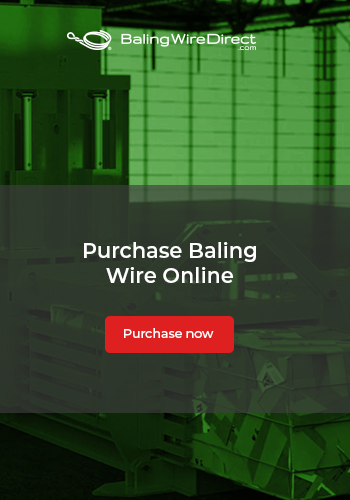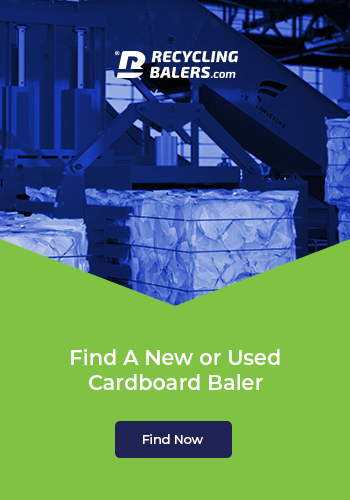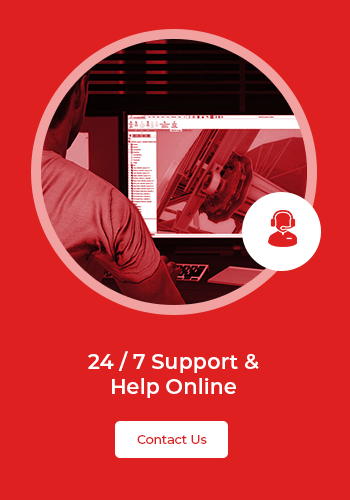How Often Should You Replace Your Conveyor Parts?
Conveyor belts are one of the most prominent machines in the world. Within the four walls of factories, production lines, and large-scale industrial facilities, you’re incredibly likely to find at least one brand of conveyor belt helping human laborers save time. With such a huge covering of conveyors across the world, it’s important to recognize that there are millions of spare parts in circulation to help conveyor owners to service their belts. But how much do you need to maintain your conveyor – and which parts should you replace? We’ll answer these questions briefly below.
Reliable Machines
If you purchased your conveyor belt as a new model, it’s unlikely that anything will need replacing within the first few months – bar an incident within your factory that damages your conveyor. Your machine won’t need maintenance at this time because it’s designed to run for thousands and millions of hours without sustaining damage, wear or tear.
Nonetheless, these reliable machines do eventually give way and can break without warning, which can lead to your production line ceasing activity and losing cash hand over fist as you wait for parts to arrive and professionals to install your spare parts. The solution? Be proactive in your maintenance, even if your conveyor seems to be working perfectly well.
Proactive Maintenance
For those old hands in the conveyor industry, there’s a certain amount of knowledge about the ‘weak spots’ on the conveyor belt. These weak spots are the parts of the mechanism which, over the years of use, are likely to wear down and break. Some of these spots might include:
· The belt itself: Depending on the load and the material of the belt, it may become damaged over time
· The machinery that runs your belt: This is the easiest to maintain through a mechanic
· The rollers on which your belt operates: These can suffer knocks in your facility over time, destabilizing them and causing them to rattle
Keeping an eye out for these potential mishaps can go a long way in helping you to avoid your system failing – and having the parts in-house to repair your conveyor can help you get to work on your belt whenever it looks likely to fail.
How Often?
This question is difficult to answer. If you were to run a conveyor belt without any load or any human interaction, it might continue for years without any damage whatsoever. But as soon as you add variables in load, materials, bangs and scrapes, and even water damage, it can be difficult to predict when you should change your conveyor parts.
The best option in order to help you avoid difficulties down the line is to have a stock of spare parts and to be willing to install them as soon as you see signs of wear and tear. Be comfortable calling your conveyor outfitter in order to get more unique and bespoke advice as to when your parts may be in need of repair.
It’s difficult to answer when you should repair and maintain your conveyor, but this piece has shown you what to look out for when you’re conducting routine maintenance of your overall facility.



